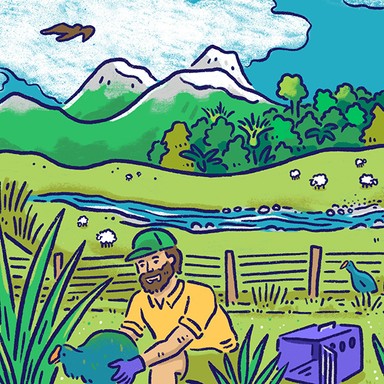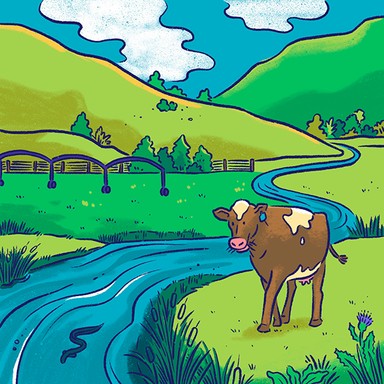
Greater Wellington Regional Council

Climate change and resilience
Climate change poses a huge challenge for communities as more frequent extreme weather events require us to rethink how we live and where. Local authorities are at the forefront of efforts to respond, with responsibilities for environmental planning and regulation, as well as civil defence. Many councils have plans to reduce emissions in their area and are working to help their communities adapt to a warming world.

Climate change and resilience
Climate change poses a huge challenge for communities as more frequent extreme weather events require us to rethink how we live and where. Local authorities are at the forefront of efforts to respond, with responsibilities for environmental planning and regulation, as well as civil defence. Many councils have plans to reduce emissions in their area and are working to help their communities adapt to a warming world.
Reduce emissions swiftly: climate-friendly urban planning, construction, quality transport options, and planting trees in Lower Hutt.
Build resilience to climate impacts like flooding and slips across Lower Hutt. Facilitate community-led planning and sharing costs.
Supercharge buses and trains in our region: for affordable, convenient, reliable and accessible transport options, enabling choice.
Support rollout of the National Adaptation Plan and work with communities and businesses to develop local plans to respond to climate change.
Restore and enhance our regional parks to help reduce our overall carbon footprint. Support community groups on park restoration projects.
Work with the city council to ensure the long-term resilience of critical infrastructure in response to climate change and natural events.
Reduce emissions swiftly: climate-friendly urban planning, construction, quality transport options, and planting trees in Lower Hutt.
Build resilience to climate impacts like flooding and slips across Lower Hutt. Facilitate community-led planning and sharing costs.
Supercharge buses and trains in our region: for affordable, convenient, reliable and accessible transport options, enabling choice.
Support rollout of the National Adaptation Plan and work with communities and businesses to develop local plans to respond to climate change.
Restore and enhance our regional parks to help reduce our overall carbon footprint. Support community groups on park restoration projects.
Work with the city council to ensure the long-term resilience of critical infrastructure in response to climate change and natural events.
Mayor
Compare the mayoral candidates in your area
Local council
Compare the candidates for your city or district council
Regional council
Compare the candidates for your regional council
Local board
Compare the candidates for your local or community board






